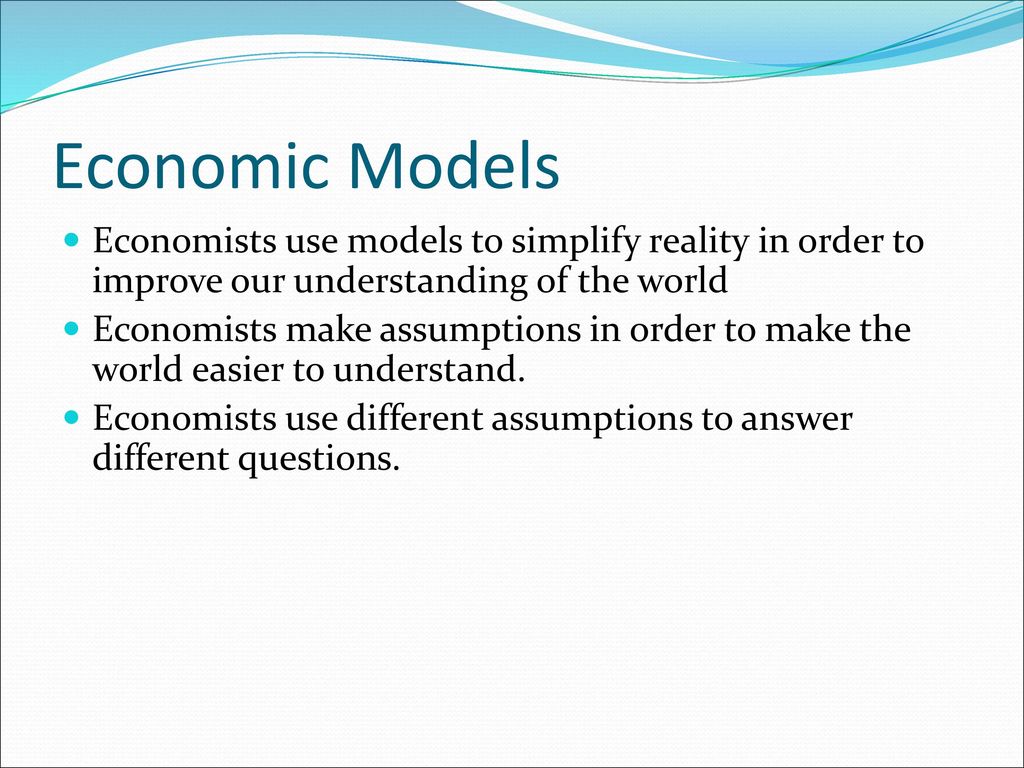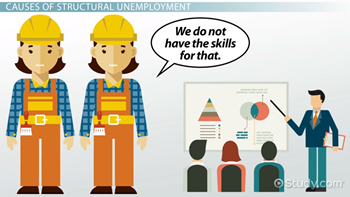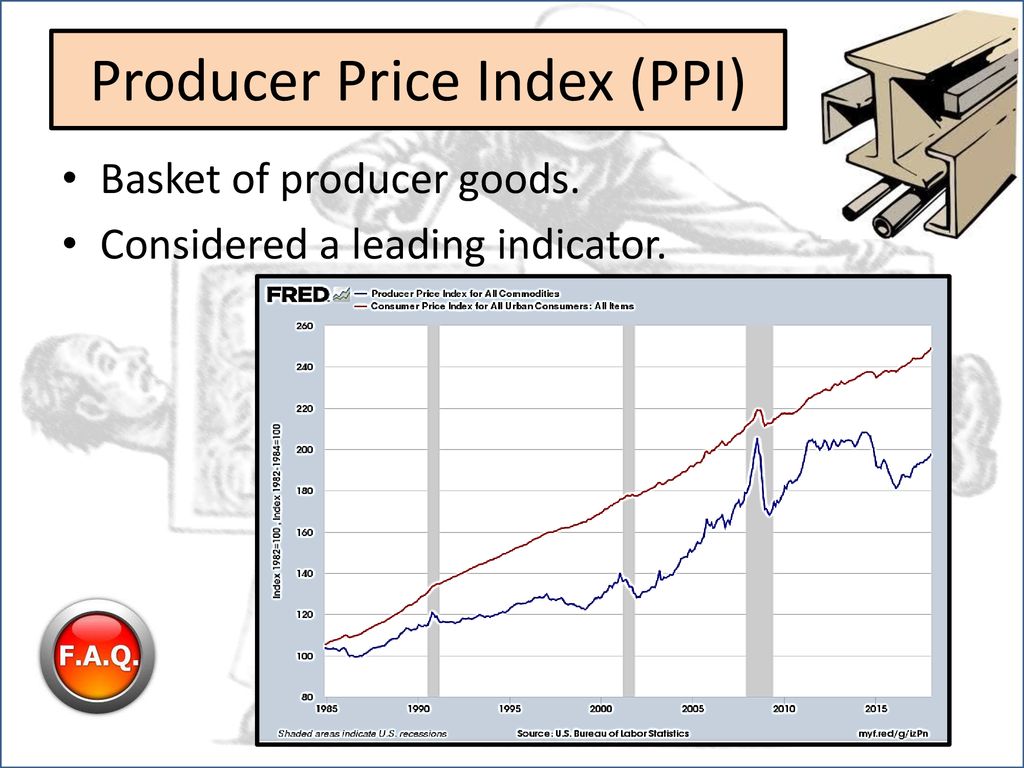
Economic Models: How Economists Simplify Reality for Clearer Understanding
The world is an incredibly complex place. From the billions of individual decisions made by consumers and businesses every day to the intricate global supply chains that bring products to our shelves, the sheer volume of interacting forces can feel overwhelming. So, how do economists, those dedicated to understanding and predicting economic phenomena, make sense of this dizzying reality? The answer lies in their powerful, yet often misunderstood, tools: economic models.
This article will demystify economic models, explaining what they are, why economists use them, their essential components, and the benefits and limitations of these indispensable tools. If you’ve ever wondered how economists make predictions or advise governments, understanding models is your first step.
What Exactly Are Economic Models? Simplifying the Complex
At their core, economic models are simplified representations of reality. Think of them like a map, a blueprint, or even a toy car.
- A map doesn’t show every single tree, house, or crack in the pavement. Instead, it highlights key features like roads, landmarks, and elevation, allowing you to understand directions and navigate effectively.
- A blueprint for a house doesn’t detail every nail or wire, but it outlines the structure, rooms, and essential systems, guiding its construction.
- A toy car isn’t a real car; it’s a scaled-down version that captures the essence of a car – its shape, wheels, and ability to move – without the complexities of an engine, transmission, or airbags.
Similarly, economic models distill complex economic situations down to their most essential elements. They identify the key players, the crucial relationships between them, and the most significant factors influencing outcomes. By stripping away extraneous details, economists can focus on understanding the fundamental mechanisms at play.
In essence, an economic model is a theoretical construct that represents economic processes by a set of variables and a set of logical and/or quantitative relationships between them.
Why Economists Need Models: The Power of Simplification
Why bother simplifying? Why not study reality in all its messy detail? Here’s why economic models are indispensable:
- To Understand Relationships: Reality is too noisy. Models help isolate cause-and-effect relationships. For example, does increasing the minimum wage lead to higher unemployment? A model can help analyze this specific link without being sidetracked by a million other factors happening simultaneously.
- To Make Predictions: Based on identified relationships, models can forecast potential outcomes. If interest rates rise, what might happen to housing prices or investment? Models provide a framework for these predictions.
- To Test Hypotheses: Economists often have theories about how the world works. Models allow them to formalize these theories and test them against data. If the model’s predictions align with real-world observations, the hypothesis gains credibility.
- To Inform Policy Decisions: Governments and organizations rely on economic insights to make decisions about taxes, spending, trade, and regulation. Models provide a structured way to analyze the potential impacts of different policy choices before they are implemented.
- To Communicate Ideas: A well-constructed model can effectively communicate complex economic ideas and arguments to others, whether they are fellow economists, policymakers, or the general public.
The Building Blocks of Economic Models
Every economic model, regardless of its complexity, relies on a few fundamental components:
1. Assumptions
Assumptions are the bedrock of any model. They are statements taken for granted or accepted as true without proof, forming the basis for the model’s logic.
- Why are assumptions necessary? They simplify the problem, make it manageable, and allow economists to focus on specific aspects.
- Common Economic Assumptions:
- Rationality: Often, models assume individuals make rational decisions to maximize their own utility (satisfaction) or profit. While humans aren’t always perfectly rational, this assumption provides a useful starting point.
- Perfect Information: Sometimes models assume that all participants have complete and accurate information.
- Homogeneity: In some cases, models might assume that all firms or consumers are identical in certain respects.
2. Ceteris Paribus: The Golden Rule of Economic Modeling
This Latin phrase, meaning "all else being equal," is perhaps the most crucial concept in understanding economic models. When economists analyze the relationship between two variables, they assume that all other factors that could influence that relationship remain constant.
Example: When studying the relationship between the price of ice cream and the quantity demanded, an economist might say, "Ceteris paribus, as the price of ice cream goes down, the quantity demanded will go up." This statement assumes that factors like people’s incomes, the weather, the price of frozen yogurt, or their taste for ice cream do not change. Without ceteris paribus, it would be impossible to isolate and understand the impact of a single variable.
3. Variables
Variables are the measurable factors that can change within a model.
- Endogenous Variables: These are the variables that are explained within the model. Their values are determined by the relationships and forces described by the model itself. (e.g., in a supply and demand model, the equilibrium price and quantity are endogenous).
- Exogenous Variables: These are the variables that are determined outside the model and are taken as given. They influence the endogenous variables but are not explained by the model. (e.g., in a supply and demand model, consumer income or technology might be exogenous variables).
Common Types of Economic Models (Easy for Beginners)
Economic models can take many forms, from simple diagrams to complex computer simulations. Here are a few foundational types you’ll encounter:
1. Graphical Models
These are visual representations of relationships between two or more variables, often displayed on a two-dimensional graph. They are excellent for illustrating basic economic principles.
-
The Supply and Demand Model:
- What it shows: How the interaction of buyers (demand) and sellers (supply) determines the price and quantity of a good or service in a market.
- Simplification: Assumes many buyers and sellers, homogeneous products, perfect information, and no government intervention.
- Insight: Helps understand price fluctuations, market equilibrium, and the impact of taxes or subsidies.
-
The Production Possibilities Frontier (PPF):
- What it shows: The maximum combinations of two goods that an economy can produce, given its available resources and technology.
- Simplification: Assumes fixed resources, fixed technology, and full employment of resources.
- Insight: Illustrates concepts like scarcity, opportunity cost (what you give up to get something else), efficiency, and economic growth.
2. The Circular Flow Diagram
This is a simple but powerful model that illustrates the continuous flow of money, goods, and services between different sectors of the economy.
- What it shows: The interdependence between households and firms in a basic economy. Households provide labor and consume goods, while firms produce goods and pay wages.
- Simplification: Often omits the government, financial markets, and international trade for simplicity in basic versions.
- Insight: Helps understand how economic activity generates income, how spending circulates, and the fundamental relationships within an economy.
3. Mathematical Models
These models use equations and mathematical expressions to represent economic relationships. They allow for precise calculations and the derivation of specific predictions.
- Example: A simple demand function might be represented as
Qd = a - bP, whereQdis quantity demanded,Pis price, andaandbare constants. - Insight: Used for more rigorous analysis, complex simulations, and advanced econometric (statistical) studies.
4. Theoretical vs. Empirical Models
- Theoretical Models: Primarily conceptual, using logic and deduction to explore relationships and derive hypotheses. They might not directly use real-world data initially but aim to explain how an economy should work under certain assumptions.
- Empirical Models: Use real-world data and statistical methods (econometrics) to test theoretical hypotheses, estimate relationships, and make quantitative predictions. They help determine if a theory holds up in practice.
How Economists Use Models in Practice
The process of using economic models often follows a scientific method-like approach:
- Formulate a Question or Hypothesis: (e.g., "Will a carbon tax reduce emissions?")
- Develop a Model: Based on existing theories, assumptions are made, and relevant variables are identified. This could involve drawing a graph, writing equations, or building a computer simulation.
- Derive Predictions/Implications: The model is "run" (mentally, mathematically, or computationally) to see what outcomes it suggests under different conditions.
- Gather Data: Real-world data is collected to test the model’s predictions.
- Test and Refine: The model’s predictions are compared against the data. If the model is a poor fit, it might need to be refined, assumptions re-evaluated, or even discarded. If it’s a good fit, it gains credibility.
- Inform Policy/Understanding: The refined model can then be used to understand the economy better, forecast future trends, or advise on policy interventions.
The Limitations and Criticisms of Economic Models
While incredibly useful, economic models are not perfect and face several criticisms:
- Oversimplification: The very strength of models (simplification) can also be a weakness. By omitting details, they might miss crucial factors that significantly impact real-world outcomes.
- Unrealistic Assumptions: The assumption of perfect rationality or perfect information, while useful for building a baseline, often doesn’t hold true in the messy reality of human behavior.
- Ignoring Human Psychology and Irrationality: Traditional models sometimes struggle to incorporate behavioral economics insights, which show that emotions, biases, and social norms play a significant role in economic decisions.
- Data Limitations: Models are only as good as the data fed into them. Incomplete, inaccurate, or unavailable data can lead to flawed results.
- Difficulty with Unforeseen Events (Black Swans): Models are built on past patterns and relationships. They often struggle to predict "black swan" events – rare, unpredictable, high-impact occurrences like global pandemics or sudden technological breakthroughs.
- Models are Not Reality: It’s crucial to remember that a model is a tool for understanding, not a perfect replica of reality itself. Treating a model’s output as infallible truth can lead to poor decisions.
Conclusion: Models as Indispensable Tools
Economic models, despite their limitations, remain indispensable tools for economists. They provide a structured, logical framework for analyzing complex economic phenomena, testing hypotheses, and making informed decisions. By simplifying reality, they allow us to:
- Isolate and understand key relationships.
- Make educated predictions about future trends.
- Evaluate the potential impacts of different policies.
Just as a surgeon relies on detailed anatomical models to understand the human body, or an architect uses blueprints to construct a building, economists use their models to navigate the intricate landscape of the economy. They are constantly being refined, improved, and challenged, ensuring that economics remains a dynamic and evolving field dedicated to better understanding the world around us. So, the next time you hear an economist making a prediction, remember the simplified, yet powerful, models that underpin their insights.




Post Comment